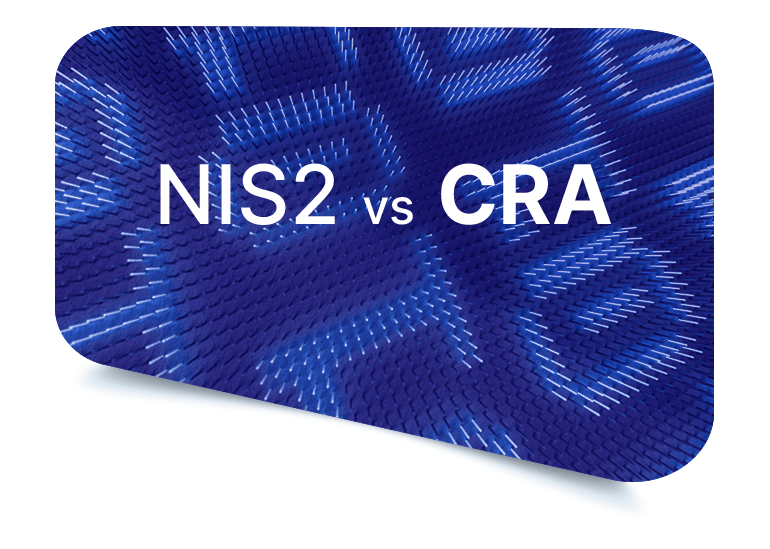Alfatec Group boasts a long-standing presence in the industry. Our enduring collaborations with numerous vendors span several decades, highlighting our commitment and expertise. Among our most valued partnerships are those with Thales and Entrust, relationships that consistently deliver exceptional value to our diverse clientele.
As awarded distributors for the SEE region, we offer a comprehensive suite of services:
- Expert consultation and support to guide you in selecting optimal solutions tailored to your specific business requirements and compliance needs.
- Robust technical support to ensure smooth implementation and operation of your chosen solutions.
- Access to advanced training opportunities through our extensive partner network, enabling your team to maximize the potential of implemented technologies.
These partnerships empower us to provide cutting-edge solutions and unparalleled support, reinforcing our position as a trusted partner.
Contact us at azur.saciragic(at)alfatec.ai or dario.selimagic(at)alfatec.ai
ENTRUST
"At Entrust, we take the pain out of cybersecurity and data protection." Their portfolio includes all the compliance solutions you need, including:
Entrust KeyControl provides precise control over your cryptographic keys and secrets, offering complete visibility, traceability, and an immutable audit trail.
- Hardware Security Modules (HSMs)
Entrust's nShield HSMs provide a secure environment for generating, managing, and protecting cryptographic keys, which are essential for securing sensitive data and ensuring the integrity of digital transactions.
- Identity and Access Management (IAM)
Entrust provides IAM solutions that enable organizations to ensure only authorized users can access sensitive information, providing a firm foundation for Zero Trust security.
THALES
Thales CipherTrust Manager enables compliance with the NIS2 regulation by covering a wide range of requirements:
- 21.2, a: “…policies on risk analysis and information system security;
- CipherTrust Data Discovery and Classification
Identifies structured and unstructured sensitive data on-premises and in the cloud. Built-in templates enable rapid identification of regulated data, highlight security risks, and help uncover compliance gaps.
- 21. 2, d: supply chain security, … concerning the relationships between each entity and its; direct suppliers or service providers
- CipherTrust Cloud Key Management
Reduces third-party risks by maintaining on-premises under the full control of the financial institution the keys that protect sensitive data hosted by third-party cloud providers.
- CipherTrust Transparent Encryption
Provides a complete separation of roles where only authorized users and processes can view encrypted data. This keeps third-party cloud provider employees, such as support engineers and DB admins from seeing the data in the clear.
- 21. 2, h: “…policies and procedures regarding the use of cryptography and, where appropriate, encryption”
- CipherTrust Transparent Encryption
Delivers data-at-rest encryption for files and folders and privileged user access control with granular policies. Protects data wherever it resides, on-premises, across clouds, and in big data and container environments.
- CipherTrust Tokenization
Permits the pseudonymization of sensitive information in databases while maintaining the ability to analyze aggregate data, without exposing sensitive data during the analysis or in reports.
- CipherTrust Enterprise Key Management
Streamlines and strengthens key management in cloud and on-premises environments for home-grown encryption, as well as third-party applications.
- 21. 2, i: “…access control policies and asset management;
21. 2, j: the use of multi-factor authentication or continuous authentication solutions…”
- CipherTrust Transparent Encryption
Provides complete separation of roles where only authorized users and processes can view encrypted data through granular access security policies and key management.
- OneWelcome Identity & Access Management
Limits the access of internal and external users based on their roles and context with granular access and authorization policies that help ensure that the right user is granted access to the right resource at the right time.








